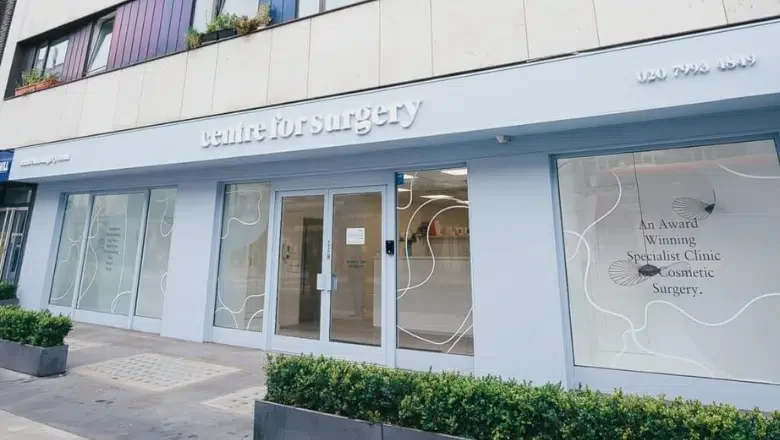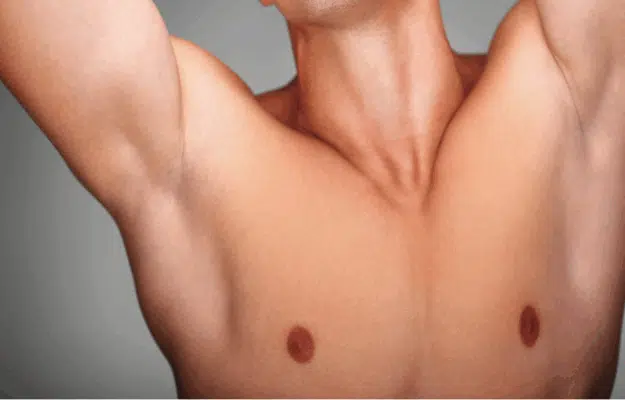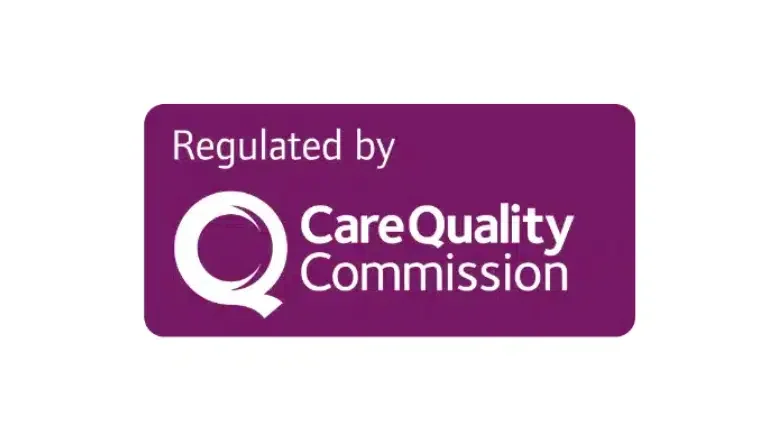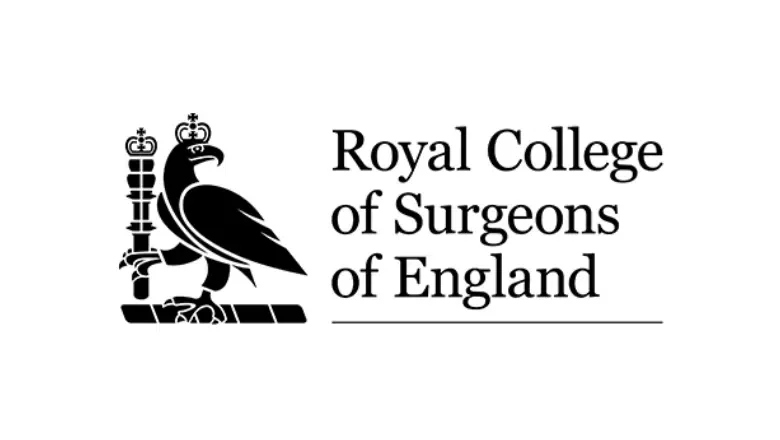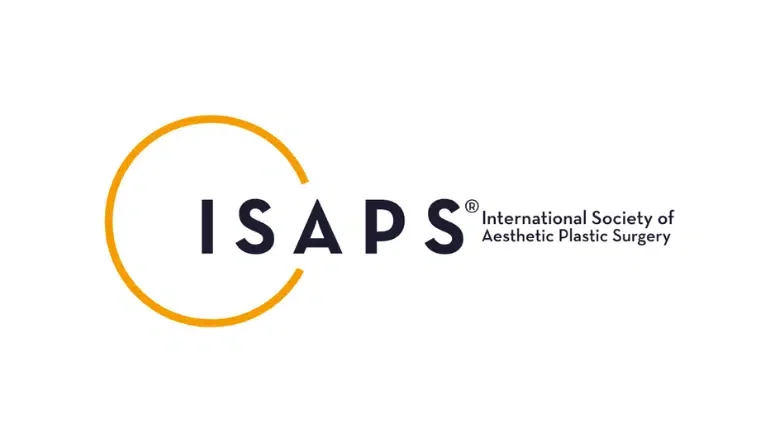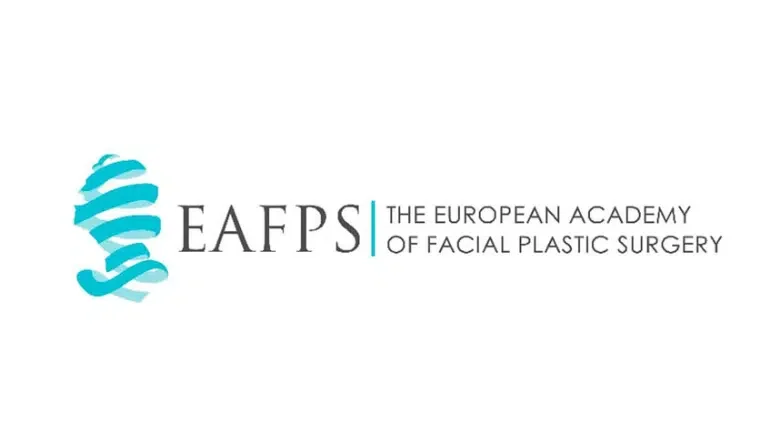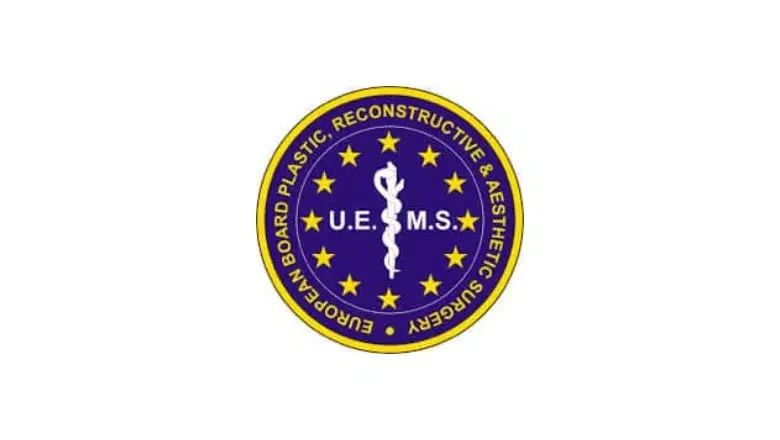What You Need to Know About Reducing Enlarged Male Breasts Without Surgery
Gynecomastia, commonly known as “man boobs,” is a condition that affects a significant number of men at some point in their lives. It’s the enlargement of male breast tissue caused by an imbalance of hormones—mainly oestrogen and testosterone. The condition can affect one or both sides of the chest and is often mistaken for simple weight gain. However, it’s much more than just fat.
Many men suffering from gynecomastia search online for non-surgical treatments in the hope of avoiding surgery. The idea of a quick fix—like pills, creams, or a machine-based treatment—sounds appealing. But do these options actually deliver results? Or are they just marketing gimmicks?
Centre for Surgery, based in London, is a leading provider of male breast reduction procedures. Our consultant plastic surgeons are highly experienced in distinguishing between different causes of male chest enlargement and offering the most effective solutions. In this article, we break down the facts about non-surgical treatments, explain when surgery is the better option, and outline the available options for achieving permanent, natural-looking results.
RELATED: 4 Reasons Why Men Choose Gynecomastia Surgery
What Causes Gynecomastia?
Understanding the underlying cause of gynecomastia is key to choosing the right treatment. Hormonal imbalance is the root of most cases, particularly an increase in oestrogen or a drop in testosterone. This imbalance can happen during puberty, due to ageing, as a side effect of medication, or from the use of anabolic steroids.
RELATED: What Does Gynecomastia Feel Like?
Other contributing factors include obesity, liver disease, alcohol or drug misuse, and certain medical conditions like testicular or adrenal tumours. For some men, no specific cause is identified.
There are two types of chest enlargement in men:
-
True gynecomastia involves an increase in glandular breast tissue.
-
Pseudogynecomastia is the result of excess fat in the chest area.
While pseudogynecomastia may improve with diet, exercise, and fat reduction treatments, true gynecomastia will not respond to these methods because it involves firm, fibrous tissue that can’t simply be melted or burned away.
Can Non-Surgical Treatments for Gynecomastia Work?
The honest answer is: rarely. The idea of avoiding surgery is tempting, but non-surgical treatments usually don’t produce the lasting, visible results that most men want. Here’s why.
Pills and Supplements
There are dozens of pills and natural supplements on the market claiming to reduce male breast tissue. Some claim to block oestrogen, boost testosterone, or promote fat loss in the chest area. However, these products have not been clinically proven, and there is little to no scientific evidence to support their effectiveness. In some cases, they may even interfere with your hormones or cause side effects.
If a medical condition or hormone imbalance causes your gynecomastia, prescription medication under the care of an endocrinologist may help. But this is only appropriate for a small percentage of cases—and results are still unpredictable.
Creams and Topical Solutions
Topical treatments, including “fat-burning” creams or hormone creams, often claim to reduce fat or stimulate the breakdown of glandular tissue. The problem is that the ingredients in these creams are rarely absorbed deeply enough into the tissue to have any meaningful impact. Even if they contain active ingredients, they cannot penetrate the dense structure of glandular breast tissue.
Cryolipolysis (Fat Freezing)
Fat freezing, also known as CoolSculpting, has gained popularity as a non-invasive body contouring treatment. It works by freezing and destroying fat cells in targeted areas. While it may reduce small pockets of fat in cases of pseudogynecomastia, it does not affect glandular tissue. Results are also subtle, take several months to appear, and often require multiple sessions.
Radiofrequency or Laser-Based Skin Tightening
Skin tightening devices use heat to stimulate collagen production and reduce skin laxity. While this can improve the firmness of the skin, it won’t remove fat or glandular tissue. At best, it can mildly enhance the appearance of the chest if only minor excess skin is involved. It is not a primary treatment for gynecomastia.
Electrical Muscle Stimulation (EMS)
Some fitness devices use electrical impulses to stimulate the chest muscles, claiming they can reduce fat and improve tone. While EMS can help strengthen muscles and improve posture, it does not treat the underlying issue of enlarged breast tissue. You may develop stronger pectoral muscles, but they will still sit under the same layer of excess tissue or fat.
Why Male Breast Reduction Surgery Is Still the Best Option
When non-surgical treatments fail, male breast reduction surgery remains the most reliable and effective solution. It directly targets the problem, removing excess glandular tissue and fat to create a flatter, more defined chest contour.
At Centre for Surgery, our surgeons use a highly advanced technique that combines ultrasound-assisted liposuction with argon plasma skin tightening. This approach offers improved precision, faster healing, and more seamless results compared to traditional surgical methods.
Ultrasound-Assisted Liposuction
Ultrasound-assisted lipo, also known as Vaser Lipo, is used to break down fat and fibrous tissue before it is removed through a small cannula. This technique is instrumental in the male chest, where the tissue is often dense and complex to extract using conventional liposuction alone.
It allows for more thorough fat removal with less trauma to the surrounding tissues, resulting in reduced swelling, less bruising, and quicker recovery.
Argon Plasma Skin Tightening
After liposuction, the skin may need tightening to avoid sagging or loose folds. Argon plasma skin tightening is a cutting-edge method that uses ionised gas to create a controlled energy pulse under the skin. This stimulates collagen and elastin production while tightening the underlying tissue.
The result is a firmer, smoother chest with no need for large incisions or skin excision in most cases.
RELATED: Gynecomastia Surgery FAQs – Q&A about Male Breast Reduction
What Is the Recovery Like?
Gynecomastia surgery is usually performed as a day case under local anaesthetic with sedation or general anaesthetic. The incisions are small and placed discreetly, typically around the edge of the areola or in the natural creases of the chest.
RELATED: Recovery after Gynecomastia Surgery – Top Tips & Timeline
Most patients return to normal daily activities within one week. A compression garment is worn for several weeks to help reduce swelling and support the new chest shape. Light exercise can usually resume after two weeks, with full workouts allowed at four to six weeks, depending on healing.
Scars are minimal and fade over time. The results are permanent, provided you maintain a stable weight and avoid medications or substances that could trigger a recurrence.
When Is Non-Surgical Management Appropriate?
There are limited situations where non-surgical management may be worth exploring, such as:
-
Pubertal gynecomastia: In teenagers, gynecomastia often resolves on its own within 6 to 18 months. Observation is usually the best approach unless it persists or causes severe distress.
-
Fat-related chest enlargement: For men who are significantly overweight, weight loss through diet and exercise should be the first step. In some cases, this alone may reduce chest size.
-
Hormone-related causes: If there’s a clear medical reason for the hormonal imbalance, addressing the root cause may help. A GP or endocrinologist should always guide this.
However, for the majority of adult men with persistent gynecomastia, surgery is the only option that provides consistent, visible, and long-term results.
FAQs: Gynecomastia Treatments
Can exercise get rid of gynecomastia?
Exercise can help reduce overall body fat and build muscle in the chest, but it won’t remove glandular breast tissue. If you have true gynecomastia, the tissue will remain even with a low body fat percentage.
Is liposuction alone enough to treat gynecomastia?
In some cases, yes—particularly if the problem is mostly fat. But most men need a combination of liposuction and glandular tissue removal for a complete result. At Centre for Surgery, we customise every treatment plan after a detailed assessment.
Are non-surgical treatments worth trying first?
If your chest enlargement is caused by fat or is mild, it may be worth exploring options like weight loss or body contouring. But if you’ve tried these without success, surgery is usually the most effective path forward.
How long do the results from gynecomastia surgery last?
The results are permanent as long as you maintain a healthy weight and avoid hormone-disrupting substances such as anabolic steroids or marijuana.
Will I have visible scars after surgery?
Scars are small, often hidden around the areola or in natural creases. They fade significantly over time and are usually barely noticeable.
RELATED: Gynecomastia Scars – Treatment, Healing and Fading
About Centre for Surgery
Centre for Surgery is a leading specialist clinic in London offering a full range of cosmetic and reconstructive procedures, including advanced treatments for gynecomastia. Our team of GMC-registered plastic surgeons are experts in male chest contouring and body reshaping.
We use the latest technology and techniques, including ultrasound-assisted liposuction and argon plasma skin tightening, to deliver precise, natural-looking results with minimal downtime. Every treatment is tailored to your goals, ensuring personalised care from your first consultation to your final follow-up.
If you’re tired of living with gynecomastia and want real results that last, book a consultation with our team today. We’ll help you understand your options clearly—and guide you toward the treatment that actually works.




